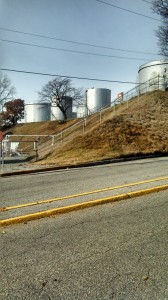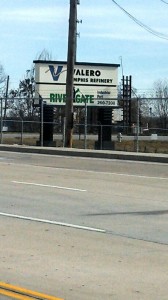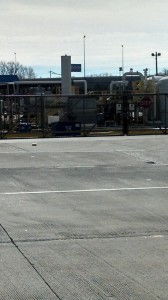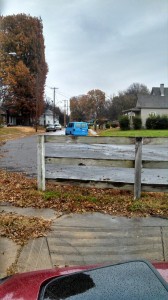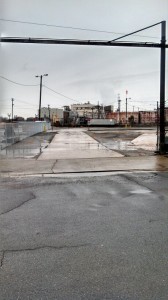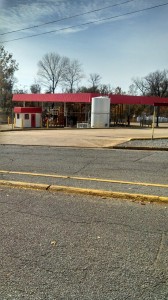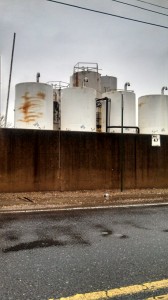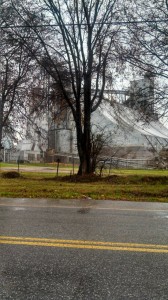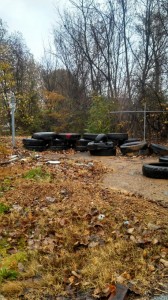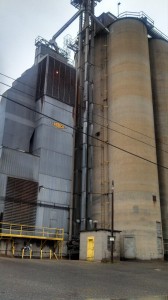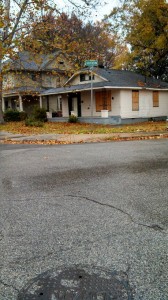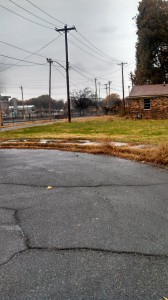Many people may know that Hip-Hop and Rap music began up North. New York is the idol city for the music industry. Many of the record labels such as Interscope and Def Jam reside there. This is key for Northern rappers who are from the city or surrounding areas. These rappers somewhat have an advantage because they can walk around the corner or down the block to contact a major record label. This made the Hip-Hop and Rap scene predominantly have a strong influence within the music industry in the early 90s and late 90s. Artists such as Jay Z, Nas, DMX, and others were the front runners of the Rap game. Southern artists have a more independent work ethic than Northern rappers because of the lack of major record labels.
Southern rap and Hip-Hop wasn’t as mainstream compared to these artist. 3 6 mafia, 8ball and MJG, UGK, and OutKast were very popular amongst the South. Record labels in the South, in the early 90s, included Cash Money Records and No Limit Records. Master P and the whole Cash Money roster were popular but not on the level of the new era of Southern artists. I would say that Southern artists came along in the early 2000s. Artists such as T.I., Ludacris, Usher, Rick Ross, and many more have placed an imprint on the music industry. Many of these artist come from the city of Atlanta. Atlanta itself is a good place to invest in music. A lot of Southern cities have not adopted this culture of Hip-Hop record companies. Memphis is one of those cities. Atlanta have a lot of music producers and independent record labels. This is key for Southern rappers to get a foot into the music industry. This allows these independent artists exposure to the major record labels up North.
Southern artists such as Lil Wayne, Future, Rick Ross, Yo Gotti, Young Jeezy, and many more are dominating the music industry. Producers such as Drama Boy, Lil Jon, and Jazzy pha produce many of the beats we listen to today. These artists and producers represent the Southern way of living and grind. These artists are featured on a lot records that are played today. They have hustled their way into the music industry and are getting record spins up North. This is a big accomplishment for southern music. It is an accomplishment because most Southern music is look as being country and hard to understand. It is similar to how the Blues became an epidemic in the United States.
Lil Wayne set the bar for Southern Hip-Hop. Many southern artist weren’t known for their lyrics. The South was known for its banging beats and creation of the crunk music. He added a Southern swagger to the Hip-Hop industry. He is one the most featured artist today.
The South has made a strong influence on the Hip-Hop and Rap industry today. Southern rappers have worked their way into the mainstream music industry and have became household names. Many of them represent the relentlessness of the South and its culture. This is a representation of the hard work and dedication Southerners have.

